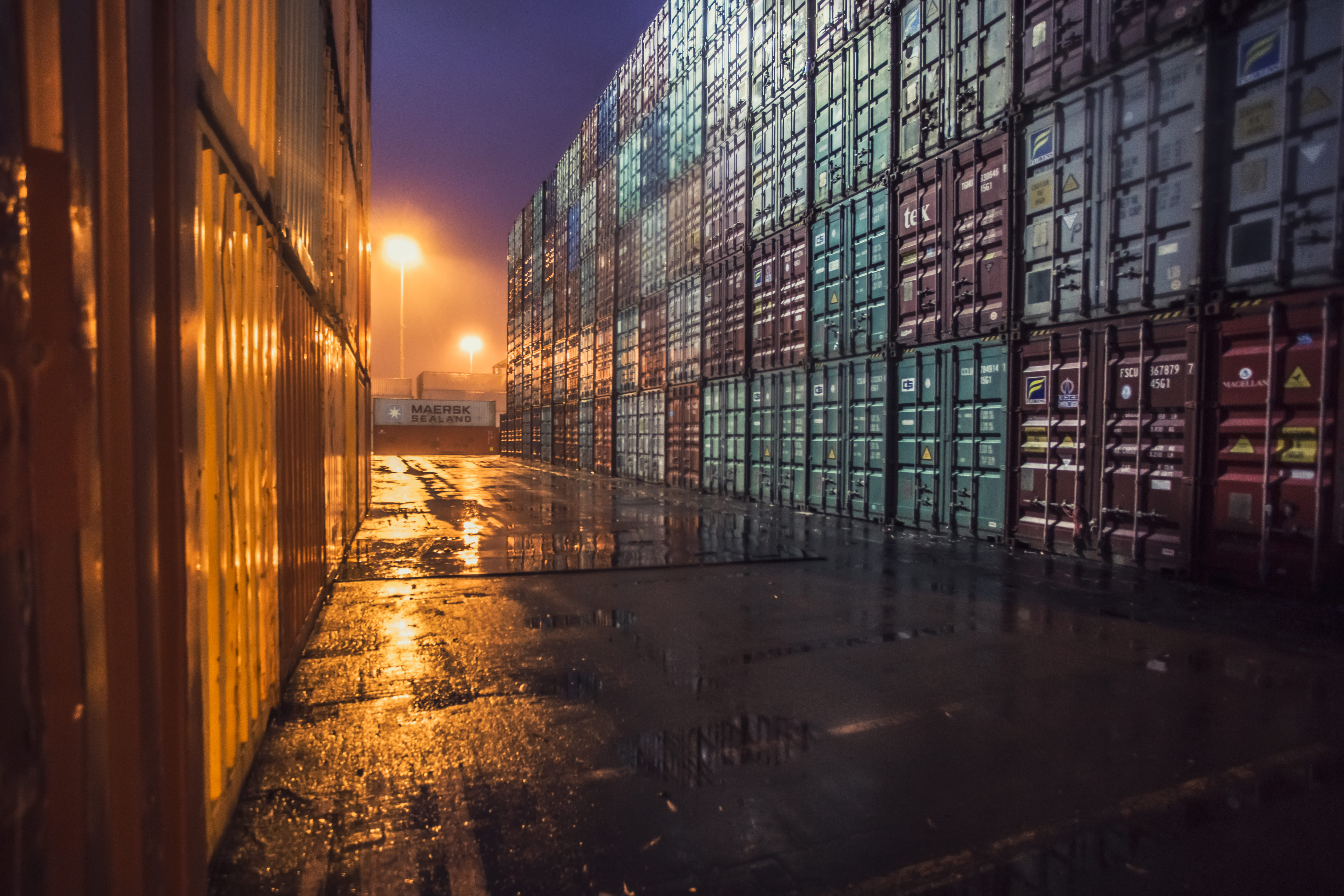As global temperatures continue to rise, so too does the frequency of extreme weather events. History is a poor predictor of the future but climate modelling has improved dramatically in the last five years in terms of accuracy and resolution. In collaboration with climate analytics firm Jupiter Intelligence and consultants at Guidehouse, DP World conducted a study that examined three climate scenarios (low to high carbon) and assessed the potential impact of weather hazards across 50 ports and terminals in our global portfolio.
Download whitepaperHIGHLIGHTS
US$81 billion of global trade at risk annually
And at least US$122 billion of economic activity is at risk annually, showing a clear need to ensure equipment is adapted to changing climate patterns.
50% of the current risk is driven by wind
Followed by cold (~30%) and flooding (~10%). The cold risk is expected to become insignificant by 2100, while it is anticipated that flood risk will increase significantly after 2050.
DP World is well set for the impacts
Our portfolio-level climate risk is relatively stable until 2050; the total risk in 2100 is expected to remain relatively small, with the overall climate risk only impacting up to 0.5% of total DP World’s P&T 2021 estimated revenue.
KEY INSIGHTS
Hazards impacting the ports
The data from Jupiter Intelligence provided insights into 6 different climate hazards which were then modelled for the three different IPCC climate scenarios.
Direct physical climate risk in high carbon scenario
We observed that around half of the current total direct physical climate risk is driven by wind, followed by cold and flooding. The cold risk is expected to decrease by half before 2050 whereas flood risk is expected to increase significantly after 2050.
How STAR2C reduces climate risk through adaptive planning
The Short Term Adaptation for Long Term Resilience to Climate Change (STAR2C) involves 8 organisations and has identified social, financial, technical and ecosystem-based approaches to deliver cost-effective adaptation.
The data from Jupiter Intelligence provided insights into 6 different climate hazards which were then modelled for the three different IPCC climate scenarios.

We observed that around half of the current total direct physical climate risk is driven by wind, followed by cold and flooding. The cold risk is expected to decrease by half before 2050 whereas flood risk is expected to increase significantly after 2050.
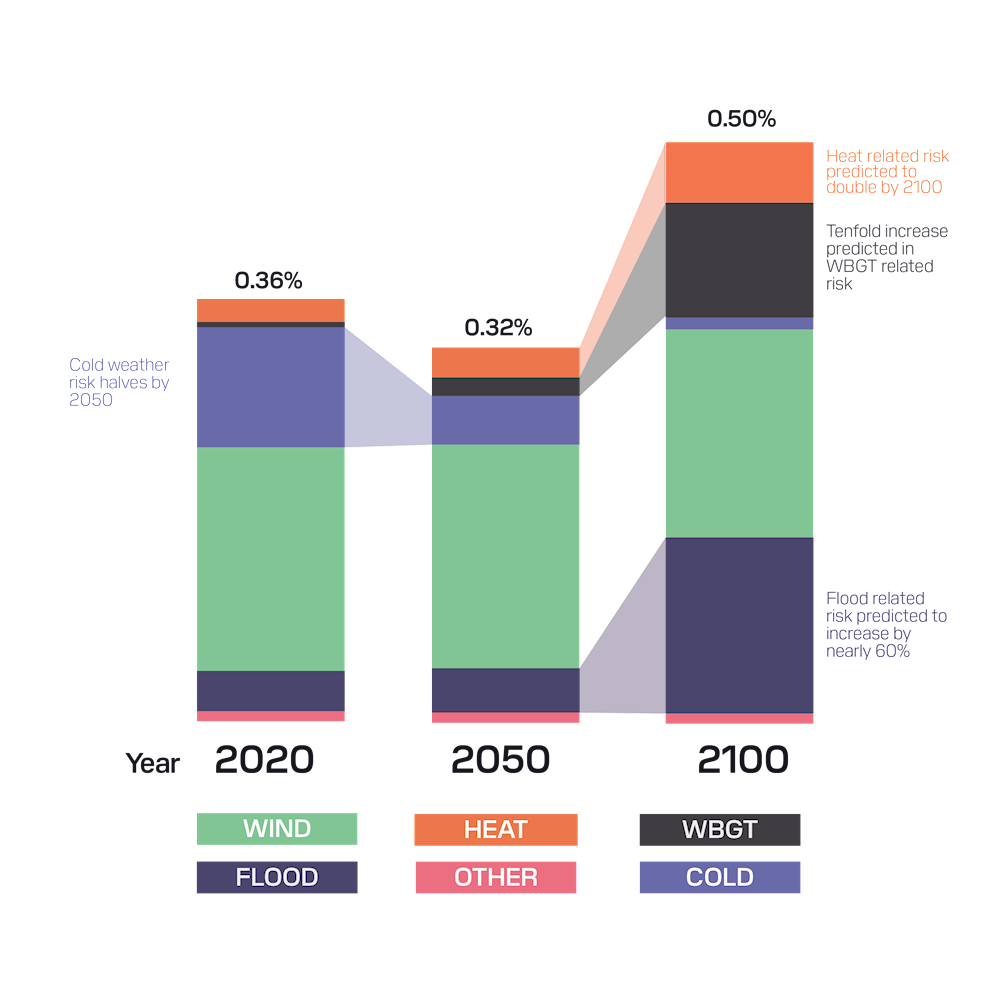
The Short Term Adaptation for Long Term Resilience to Climate Change (STAR2C) involves 8 organisations and has identified social, financial, technical and ecosystem-based approaches to deliver cost-effective adaptation.
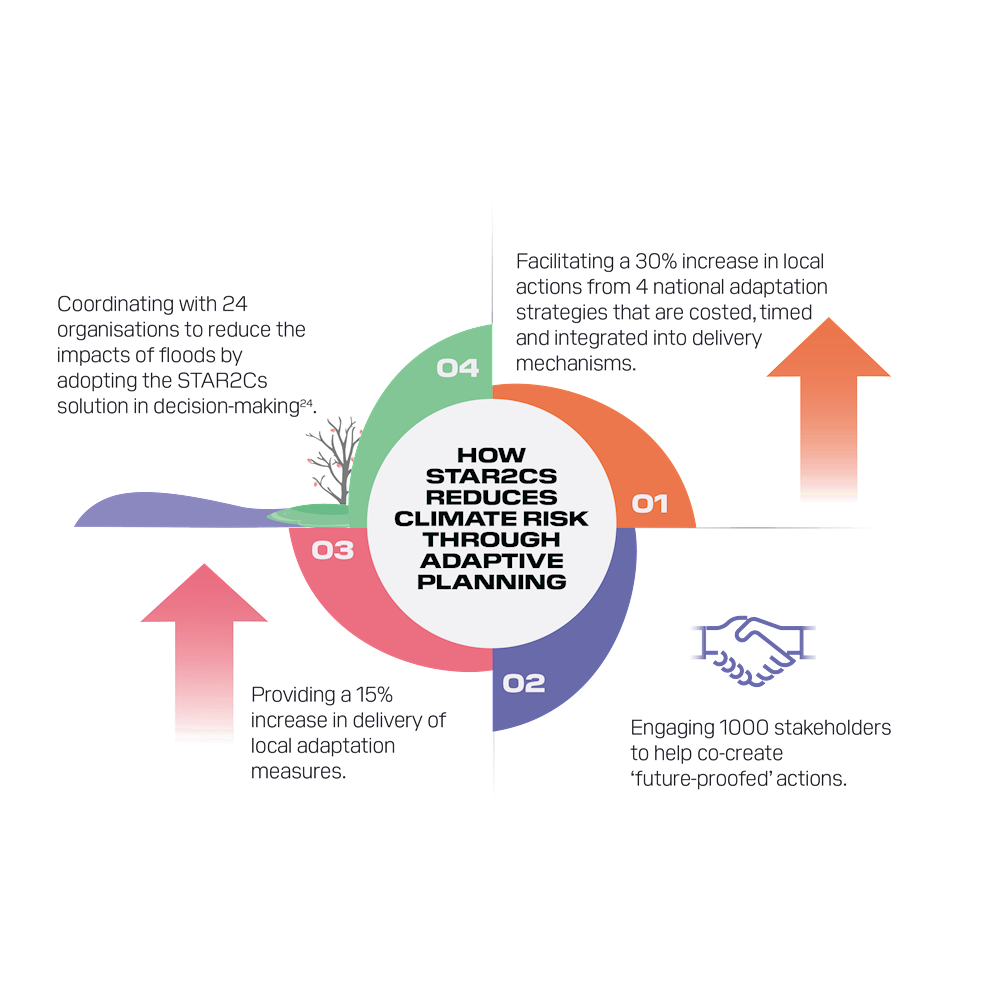
*WBGT = Wet Bulb Globe Temperature
CHAPTER BREAKDOWN
In 2022, DP World commissioned an industry-leading global study to assess the direct physical climate risk of business disruption across our operations in our Ports & Terminals and Logistics services.
Introduction
Our world is already suscept to the impacts of climate change and while ambitions to limit global temperature rise to 1.5 °C continue, it is increasingly likely that the irreversible impacts of global warming to our natural and physical world will become more pronounced. DP World has identified the need for a systematic approach to assess operational asset resiliency against the pending impacts of climate change. This paper highlights how, if equipped with a mosaic of data, the wider trade community will also be able to demonstrate a practicable pathway to achieving collective climate resiliency.

Research & Assessment
Together with Jupiter Intelligence and Guidehouse, we investigated climate hazards, exposure and vulnerability to understand the risk for our port and terminal operations. While helpful in assessing our portfolio’s collective resiliency and highlighting limited foreseeable impact to our assets, the Global Study did not consider indirect impacts and therefore disruption to port facilities from failing ancillary infrastructure. This highlighted areas of uncertainty across the value chain and suggests marked benefits are there to be made on the overall completeness of this resiliency mapping exercise if industry peers, government partners and civil society actors deploy complementary studies.
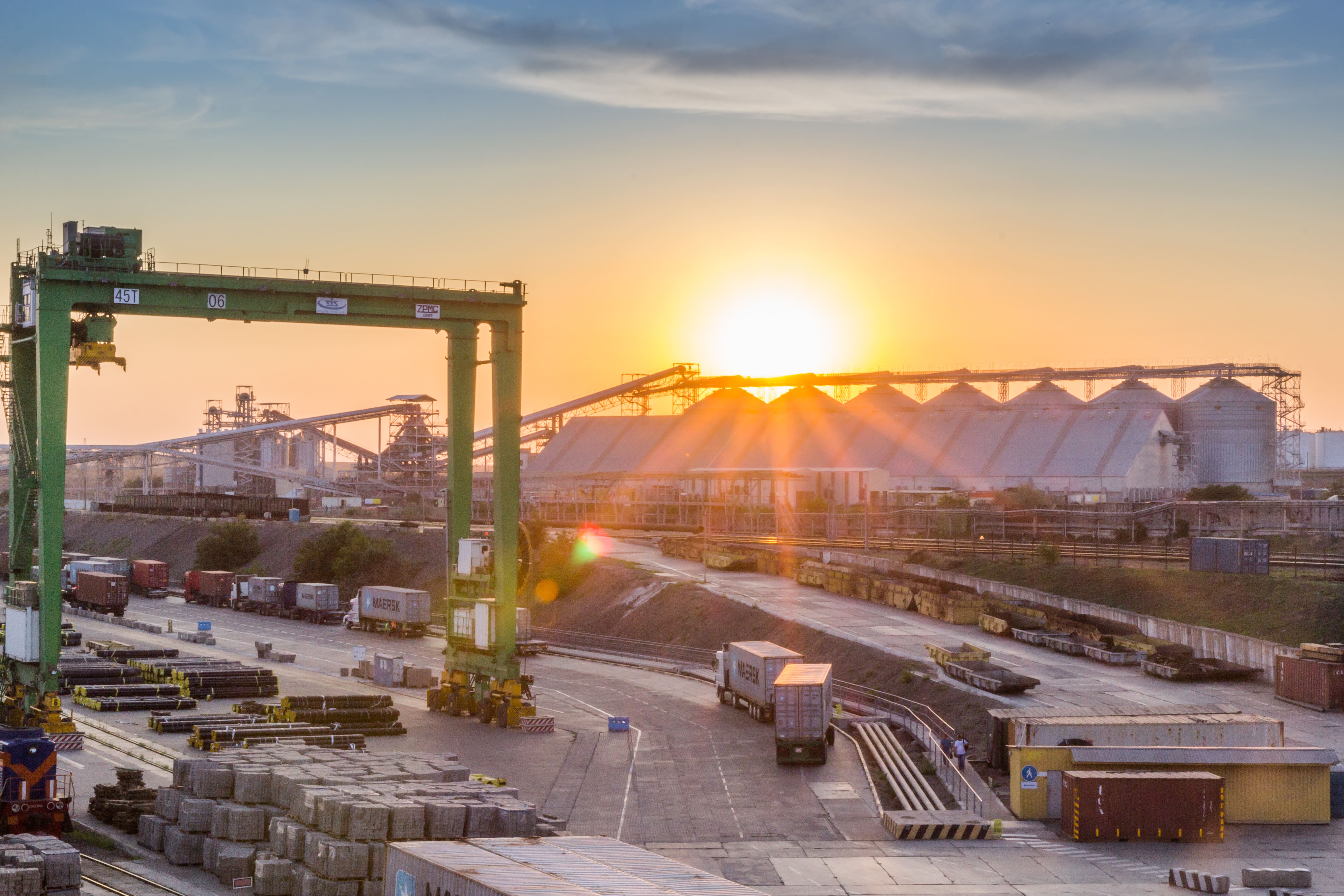
Landscape Analysis
Climate change poses numerous challenges to the global trade landscape that extend beyond the direct impacts on infrastructure and assets. Our P&T climate risk assessment presents a scalable first step to collectively managing climate adaptation and resiliency building. Indirect risks to the trade sector, including impacts to in-land logistics infrastructure, regional power supplies and people, are a persistent threat that remains under-researched within commercial climate risk analyses. Drought, heat waves, extreme precipitation, and tropical storms can disrupt any of these support systems, leading to interruptions to business planning, strategy, and continuity.

Framework for Action
Global adaptation and climate resiliency planning will rely on a varied group of public and private sector actors to work in collaboration across borders, sectors and institutions. Close cooperation between these organisations, in-spite of differing vested interests, will be integral to overcoming the climate adaptation implementation gap. Promoting good governance to improve channels of accountability and addressing the trade sectors collective adaptive capacity will go a long way in helping to meaningfully mobilise the social, technical and financial capital necessary to strengthen collective resilience across the trade value chain.
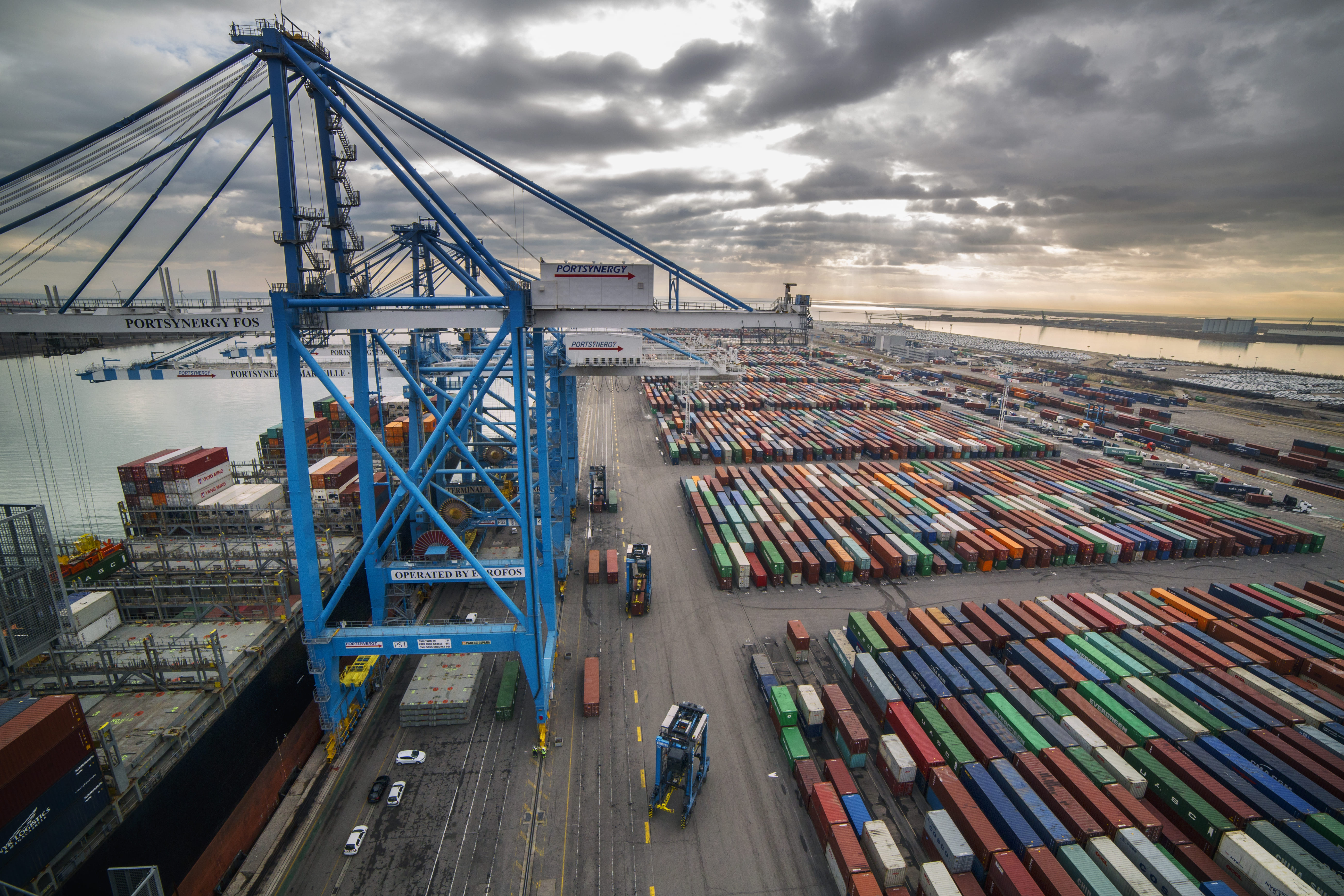
Conclusion
By leveraging readily available climate modelling and forecast data, we, as the global trade community, can work together to comprehensively map our present level of adaptation readiness. In taking this first step, we will have set out a baseline from which to respond in a targeted manner, promoting collective responsibility and preventing siloed, uncoordinated efforts that will only serve to increase the risk of maladaptation.
